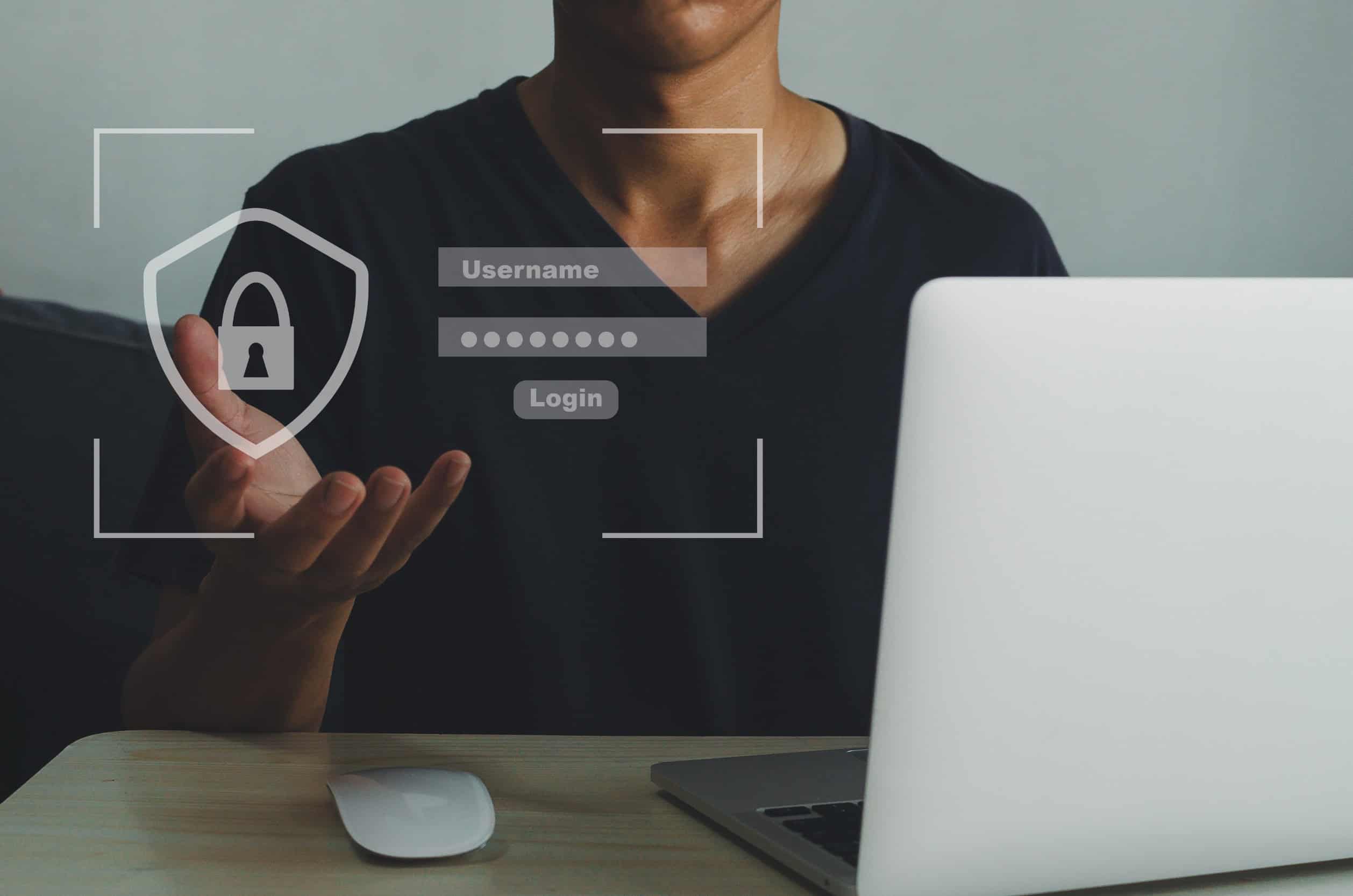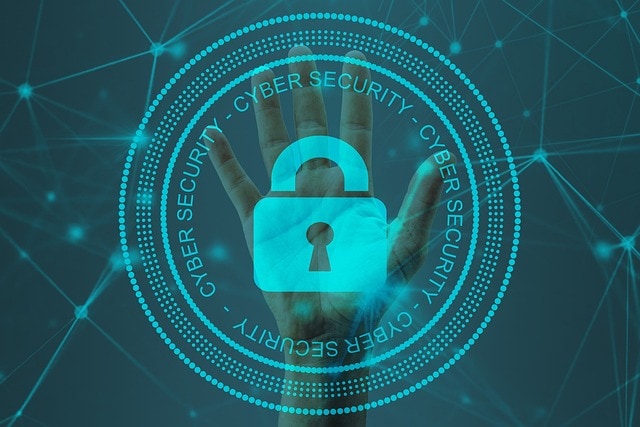As a business owner, you’ve likely heard of ransomware attacks. Ones that target businesses can be particularly nasty, as cybercriminals see businesses as a more meaty target. While small and medium-sized businesses (SMBs) often think they’re too small to be noticed by cybercriminals, unfortunately, that’s not the case. SMBs are actually attractive targets because they frequently lack the same cybersecurity measures larger companies have.
If you own an SMB, stay calm! There are prevention and response strategies you can use to keep your businesses safe. We’ve compiled some of the best strategies below to help keep your data secure.
What Is Ransomware?
Ransomware is a type of malicious software designed to block access to a computer system or data until a ransom is paid. Cybercriminals often use phishing emails, malicious websites, or infected software downloads to get ransomware into your systems. Once inside, the ransomware encrypts your files, rendering them inaccessible. To regain access, you are typically asked to pay a ransom, usually in cryptocurrency.
For SMBs, a ransomware attack can be devastating. It can lead to significant financial losses, operational downtime, and damage to your business reputation.
Prevention Strategies
With the risks of facing ransomware in mind, let’s take a look at some prevention strategies you can implement in your business:
Educate Your Employees
Human error is a significant factor in many ransomware attacks, so educating your employees about cybersecurity best practices can be a great place to start. Conduct regular cybersecurity awareness training sessions so that everyone understands how to recognize phishing emails, avoid suspicious links, and handle sensitive information securely.
Train employees to identify common signs of phishing, such as poor grammar, unfamiliar sender addresses, and unexpected attachments. Encourage the use of secure, trusted websites and caution against downloading software from unknown sources. Additionally, promote the use of strong, unique passwords and the adoption of password managers.
Implement Strong Access Controls
Not every employee needs access to all parts of your network. Assign permissions based on job roles, minimizing the risk of unauthorized access to sensitive data. Requiring more than just a password for accessing critical systems adds an extra layer of security, making it harder for cybercriminals to gain access. Thus, it is advisable to consider using multi-factor authentication (MFA) as well.
Keep Systems Updated
Outdated software and systems are more vulnerable to attacks, and cybercriminals know it. Regularly update all software, operating systems, and applications to patch security flaws. Enable automatic updates for all systems so that they are always up to date and you don’t have to spend any valuable time keeping track of updates. Develop a patch management policy to also keep timely updates for all software.
Use Antivirus and Anti-Malware Software
Investing in reliable antivirus and anti-malware software is a must. These tools can detect and block ransomware before it infiltrates your system. Schedule regular scans to detect and remove any malicious software, and get real-time protection to detect threats as they occur.
Have Data Backups
We always take data for granted until we cannot access it and we haven’t backed up our data in a while. As such, a great way to protect against ransomware attacks is to have regular backups as part of your prevention strategy. Have multiple copies of your data stored in different locations, including offline and cloud backups, for the ultimate protection. Set up automated backups to occur regularly without manual intervention, and regularly test your backups to check that they can be restored successfully.
Response Strategies
Despite your best efforts, ransomware can still strike. Knowing how to respond effectively can minimize damage and speed up recovery. If you ever face a ransomware attack, employ these strategies quickly:
Isolate Infected Systems
If you suspect a ransomware attack, immediately isolate the infected systems to prevent the malware from spreading to other parts of your network. Physically disconnect infected devices from the network and turn off Wi-Fi and Bluetooth to prevent further spread.
Assess the Situation
Determine the extent of the infection and identify the ransomware variant, if possible. This information can help you decide on the next steps. Contact cybersecurity professionals for assistance in identifying the ransomware and assessing the damage, and review system logs to trace the source and spread of the infection.
Notify Relevant Parties
Inform your employees, clients, and relevant authorities about the attack. Transparency can help maintain trust while also helping you comply with legal requirements.
Notify your staff and provide instructions on how to proceed. Inform clients whose data might be at risk and advise them on protective measures. Finally, report the attack to relevant authorities, such as data protection agencies or law enforcement.
Restore from Backups
If you have reliable backups, now’s the time to use them! This is the safest way to recover without paying the ransom, which should only be done as an absolute last resort as it flags your business as a good target to cybercriminals. Check that your backups are clean and free from malware before restoration, and restore data and systems gradually to avoid re-infection.
Learn and Improve
After resolving the immediate threat, conduct a thorough post-incident analysis. Identify the weaknesses that allowed the attack to occur and strengthen your defenses. Analyze how the ransomware infiltrated your systems and the effectiveness of your response, and update your cybersecurity policies and practices based on the lessons learned.
Building a Strong Cybersecurity Plan
Preventing and responding to ransomware attacks requires a comprehensive cybersecurity plan. When building one, make sure to include these elements:
- Regular Security Audits: Conduct regular security audits to identify vulnerabilities and assess the effectiveness of your security measures. Consider hiring external cybersecurity experts to perform thorough audits and regularly review and update your security policies and practices.
- Cybersecurity Awareness Culture: Encourage employees to report any suspicious activity immediately. Provide continuous education on the latest cybersecurity threats and best practices, and create a safe environment for employees to report potential security incidents without fear of repercussions.
- Incident Response Plan: Develop and maintain a detailed incident response plan. Make sure all employees know their roles and responsibilities during a cybersecurity incident. Outline specific steps for isolating infected systems, communicating with stakeholders, and restoring data. Conduct regular incident response drills to test your plan.
Need help protecting your business from ransomware? Reach out to our team at CMIT Solutions of Northern Shenandoah Valley! Whether you have cybersecurity or IT needs, we have the solutions to fit your business and budget. Contact us today, and let’s keep your business secure together!





